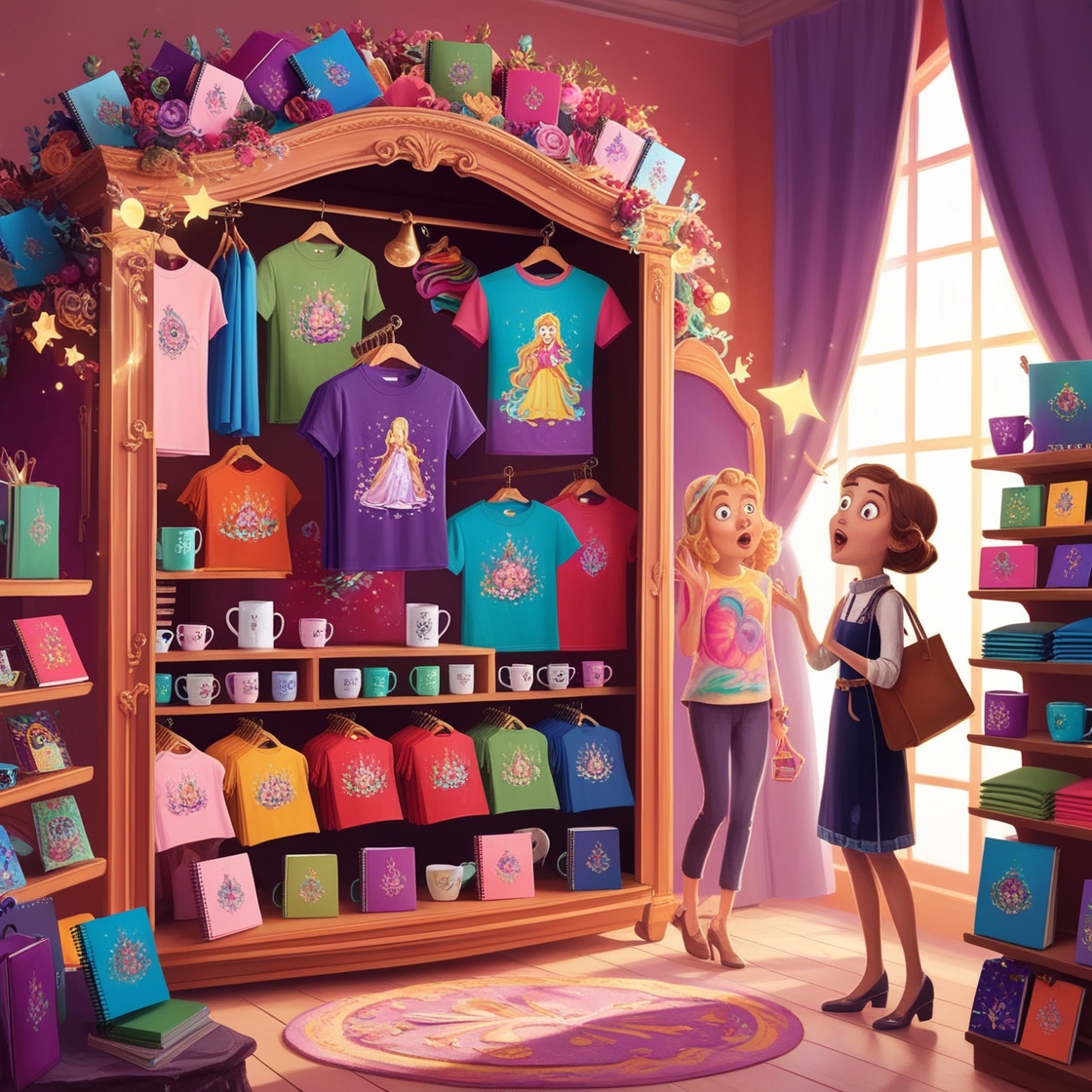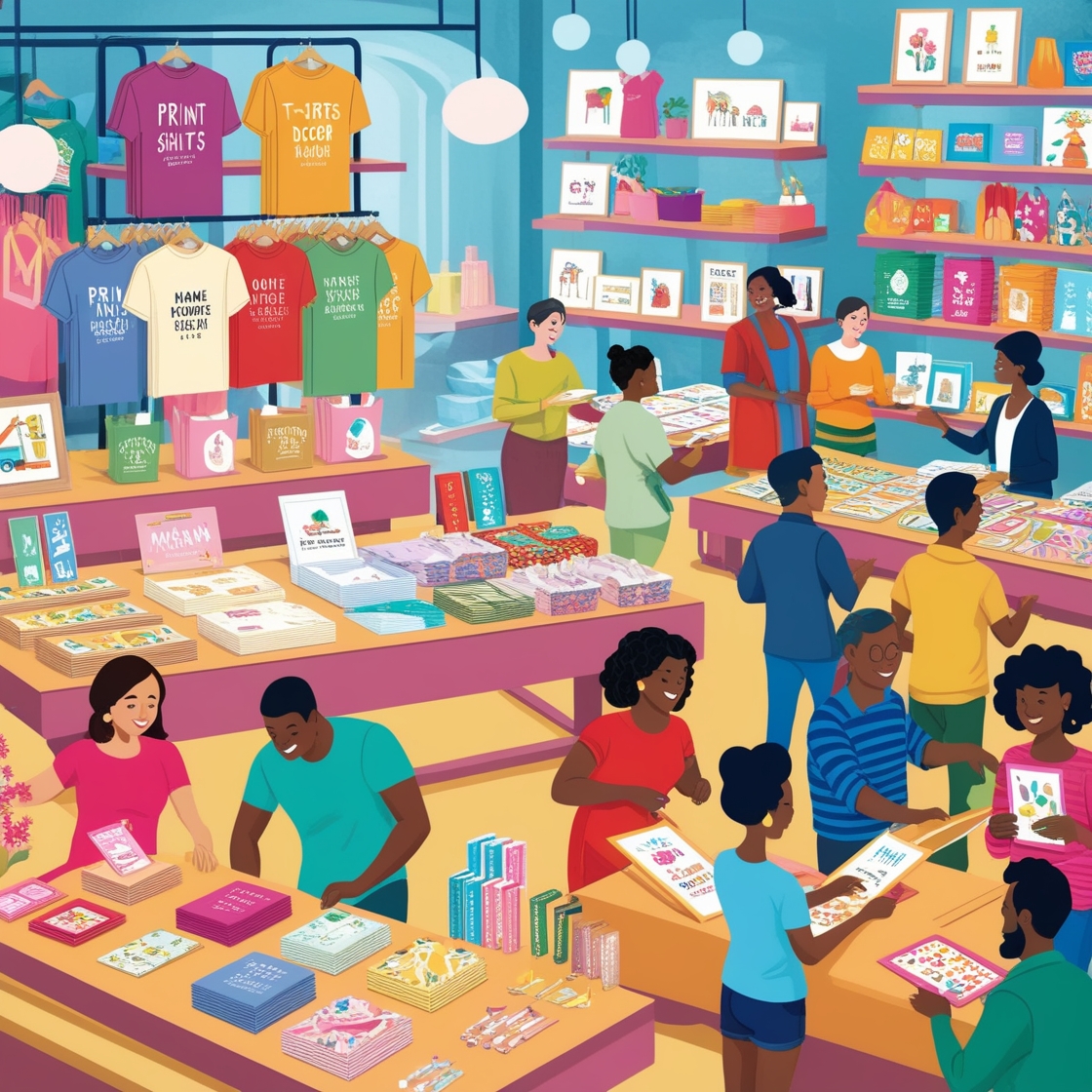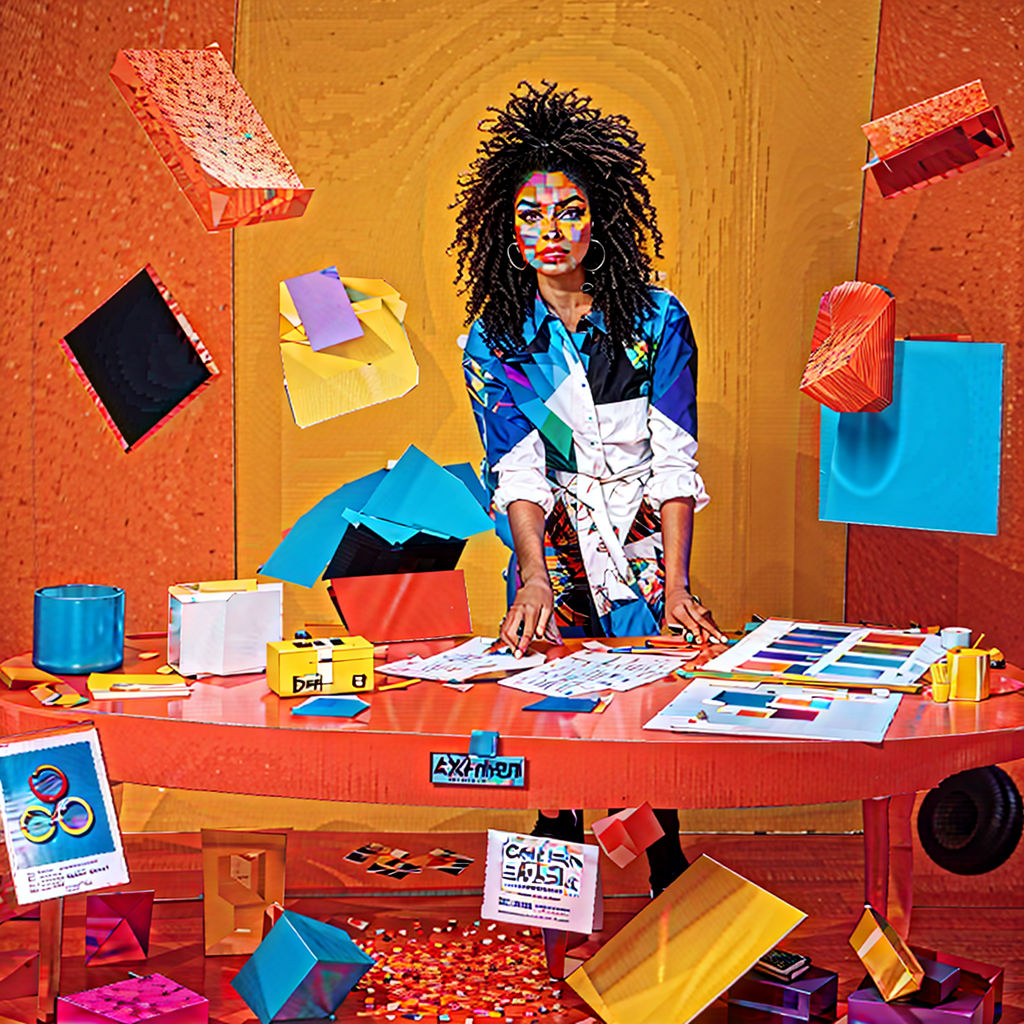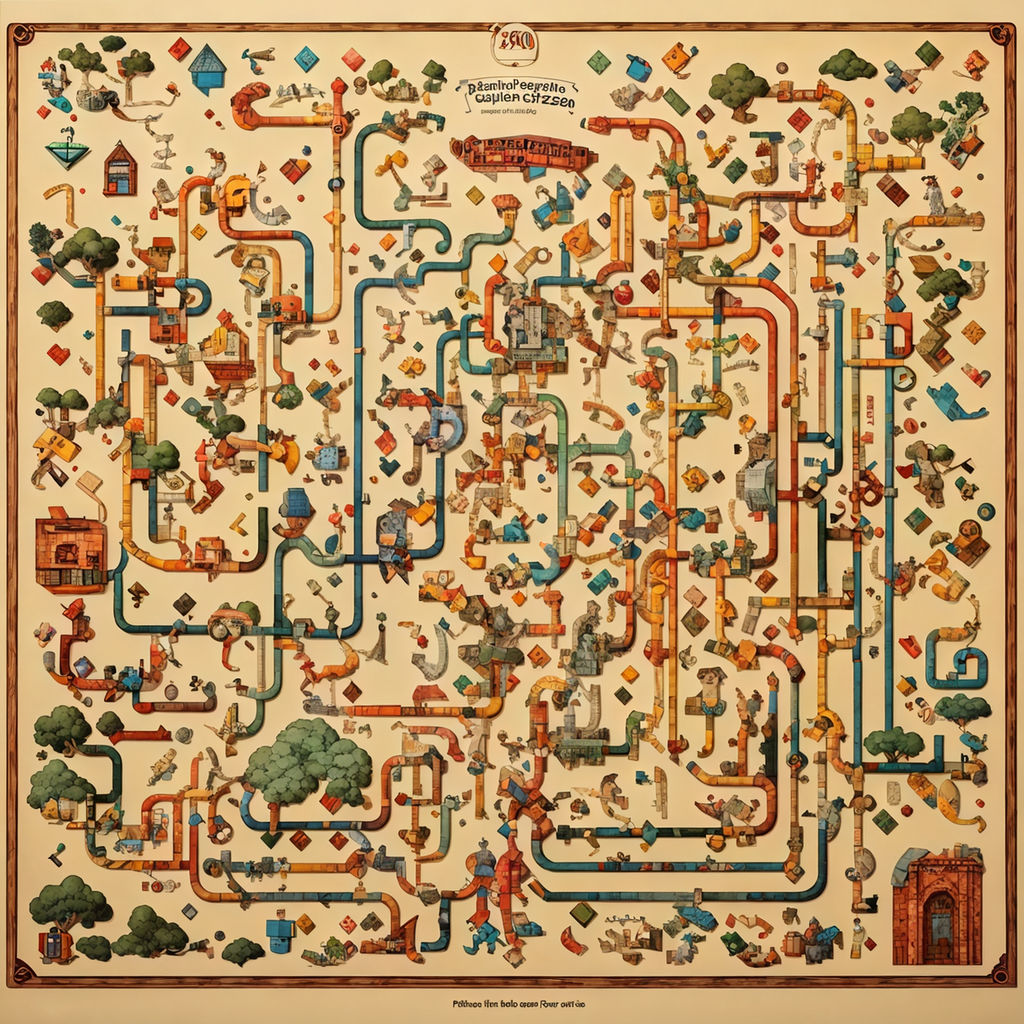1. Understanding Amazon Print on Demand

1.1. What is Print on Demand?
Print on Demand (POD) is a business model where products are created only after an order is placed. It’s like having a magical wardrobe that produces clothes on the spot! With POD, you don’t need to keep inventory or worry about overstock. It’s perfect for creative folks who want to sell their designs without the hassle of manufacturing and storing products.
1.2. Benefits of Amazon’s Print on Demand service
Amazon’s POD service is a game-changer for aspiring entrepreneurs. Here’s why:
* No upfront costs: You only pay when a product sells.
* Huge customer base: Tap into Amazon’s massive audience.
* Hassle-free shipping: Amazon handles all the logistics.
* Quality assurance: Amazon ensures top-notch product quality.
* Variety of products: From t-shirts to mugs, the options are endless!
I remember when I first started with Amazon POD, I was amazed at how easy it was to get my designs out there without breaking the bank.
1.3. How Amazon Print on Demand works
It’s as simple as 1-2-3:
1. Create your design
2. Upload it to Amazon
3. Choose your products
When a customer orders, Amazon prints your design, ships the product, and deposits your profit into your account. It’s like having a personal assistant who does all the heavy lifting!
2. Researching Potential Niches

2.1. Analyzing market trends and consumer behavior
To find profitable niches, you need to become a trend detective. Keep an eye on:
* Social media trends
* Popular TV shows and movies
* Current events and social movements
I once stumbled upon a niche for cat-themed workout gear. Who knew fitness enthusiasts loved cats so much?
2.2. Using Amazon’s Best Seller lists and category rankings
Amazon’s Best Seller lists are goldmines for niche ideas. Here’s how to use them:
1. Browse different categories
2. Look for patterns in top-selling items
3. Identify gaps in the market
For example, you might notice a lot of dog-themed products but few for reptile lovers. That could be your ticket to success!
2.3. Leveraging keyword research tools for niche discovery
Keyword tools can uncover hidden gems. Some popular options include:
* Google Keyword Planner
* Jungle Scout
* Helium 10
These tools can show you what people are searching for, helping you spot untapped niches.
3. Evaluating Niche Profitability

3.1. Assessing competition levels within niches
Before diving in, check out the competition:
* How many similar products exist?
* What’s the quality of existing designs?
* Are there any big brands dominating the niche?
I once found a niche with tons of products but poor designs. It was like striking gold!
3.2. Calculating potential profit margins
To make sure your niche is worth pursuing, do some math:
1. Check Amazon’s base price for products
2. Decide on your selling price
3. Calculate your potential profit
Remember, higher prices don’t always mean higher profits. Find the sweet spot that attracts customers and makes you money.
3.3. Estimating demand and sales volume
Look at the Best Sellers Rank (BSR) of similar products. The lower the number, the better the sales. Tools like Jungle Scout can help estimate monthly sales. Aim for niches with steady demand throughout the year.
4. Popular Print on Demand Product Categories

4.1. T-shirts and apparel
T-shirts are the bread and butter of POD. They’re versatile and always in demand. Consider:
* Funny slogans
* Niche-specific designs
* Seasonal themes
I once created a line of t-shirts for plant lovers that bloomed into a successful venture!
4.2. Home decor and accessories
People love to personalize their spaces. Popular items include:
* Throw pillows
* Wall art
* Shower curtains
Think about designs that complement different home styles. Minimalist patterns are always a hit!
4.3. Stationery and office supplies
With more people working from home, this category is booming. Consider:
* Notebooks
* Mouse pads
* Desk organizers
I found success with motivational quotes on notebooks. Who doesn’t need a little encouragement during a long workday?
5. Designing for Your Chosen Niche

5.1. Creating eye-catching designs that resonate with your target audience
Know your audience inside out. If you’re targeting cat lovers, understand their quirks and preferences. Use colors, fonts, and imagery that speak their language.
5.2. Incorporating niche-specific elements and trends
Stay up-to-date with your niche. If you’re designing for gamers, keep track of popular games and gaming culture. Your designs should feel current and relevant.
5.3. Optimizing designs for different product types
Remember, a design that looks great on a t-shirt might not work on a mug. Adjust your designs for each product type. I learned this the hard way when my intricate t-shirt design looked like a blob on a phone case!
6. Optimizing Your Amazon Listings
‘
6.1. Crafting compelling product titles and descriptions
Your title should be clear, concise, and keyword-rich. For the description:
* Highlight key features
* Address potential questions
* Use bullet points for easy reading
I always imagine I’m explaining my product to a friend. It helps keep the tone friendly and relatable.
6.2. Choosing relevant keywords for better visibility
Use Amazon’s search bar to find popular keywords. Include them naturally in your title and description. Remember, write for humans first, search engines second!
6.3. Using high-quality product images to showcase your designs
Great photos can make or break your listing. Use:
* High-resolution images
* Multiple angles
* Lifestyle shots if possible
I once saw my sales double after adding a photo of someone wearing my t-shirt design!
7. Marketing Your Print on Demand Products

7.1. Utilizing Amazon’s advertising options
Amazon offers several advertising options:
* Sponsored Products
* Sponsored Brands
* Sponsored Display
Start small and test different strategies. I found success by targeting related products in my niche.
7.2. Leveraging social media platforms for promotion
Social media is your friend. Use platforms like:
* Instagram for visual appeal
* Pinterest for inspiration boards
* TikTok for trend-spotting
Create content that showcases your products in action. Behind-the-scenes posts of your design process can also be engaging!
7.3. Building an email list for repeat customers
Don’t underestimate the power of email marketing. Include a note with your products inviting customers to join your mailing list. Offer exclusive discounts or early access to new designs as incentives.
Summary
Amazon Print on Demand offers a fantastic opportunity to turn your creativity into profit. By understanding the platform, researching profitable niches, creating appealing designs, and marketing effectively, you can build a successful POD business. Remember, it’s all about finding that sweet spot between what you love to create and what customers want to buy. Happy designing!
FAQs
1. How much does it cost to start an Amazon Print on Demand business?
The beauty of POD is that you can start with almost no upfront costs. You’ll only need to invest in design tools if you don’t already have them.
2. What design skills do I need for Print on Demand?
Basic design skills are helpful, but not mandatory. You can start with simple text-based designs or use user-friendly tools like Canva. As you grow, you might want to improve your skills or collaborate with designers.
3. How long does it take to see profits from Amazon Print on Demand?
It varies greatly. Some sellers see profits within weeks, while others might take months. Consistency, niche selection, and marketing efforts play big roles.
4. Can I sell my Print on Demand products on other platforms besides Amazon?
Absolutely! Many sellers use multiple platforms to maximize their reach. Just be sure to check each platform’s terms and conditions.
5. What are the most common mistakes to avoid in Amazon Print on Demand?
Common pitfalls include choosing oversaturated niches, neglecting keyword research, using low-quality designs, and not diversifying your product range. Stay patient and keep learning from your experiences!

